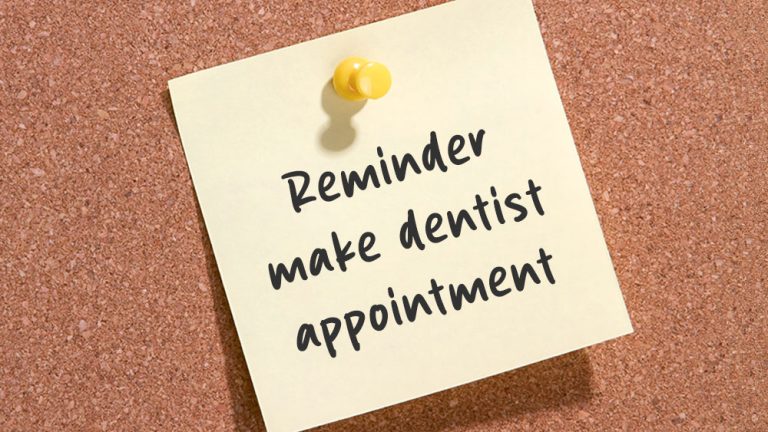
The Importance of Flossing Teeth: A Simple Habit with Big Benefits
Flossing is one of the most commonly skipped steps in oral hygiene routines, yet it’s absolutely essential for maintaining a healthy mouth. While brushing teeth twice a day is key, it only cleans the outer surfaces of the teeth. Flossing, on the other hand, targets the tight spaces between teeth and under the gumline—areas toothbrushes simply can’t reach. Regular flossing helps prevent cavities, gum disease, bad breath, and even more serious health issues.
One of the main benefits of flossing is the removal of plaque. Plaque is a sticky, colorless film of bacteria that forms on teeth and gums. When left unchecked, it hardens into tartar, which can only be removed by a dentist. Plaque buildup between the teeth is especially problematic because it’s often missed by brushing alone. Flossing at least once a day disrupts and removes this buildup before it turns into tartar, helping to protect the teeth from decay and the gums from inflammation.
Gum disease, or periodontal disease, is another serious issue that flossing helps prevent. It often begins with gingivitis, a condition where the gums become red, swollen, and may bleed when brushing or flossing. If not treated, gingivitis can progress into periodontitis, a more severe infection that can destroy the bones and tissues that support the teeth. This can lead to tooth loss and has even been linked to other systemic health problems, including heart disease, diabetes, and respiratory infections. Flossing helps keep the gums healthy by removing irritants and preventing the bacterial buildup that leads to these conditions.
Many people also underestimate flossing’s role in maintaining fresh breath. Food particles that get stuck between the teeth and under the gumline can begin to break down and release unpleasant odors. Regular flossing removes these particles, contributing to cleaner breath. A bad smell on floss after use is a clear sign it was needed.
For those who wear braces or have dental work like bridges or implants, flossing becomes even more important. Specialized flossing tools, such as floss threaders or water flossers, can help clean around these structures more effectively. Skipping this step can lead to bacteria hiding in hard-to-reach areas, increasing the risk of infections or complications down the line.
There are several types of dental floss available to fit individual preferences and needs. Waxed floss, for instance, slides more easily between tight teeth, while unwaxed floss may provide more friction to remove debris. For people with sensitive gums or dexterity issues, pre-threaded flossers or water flossers might be more convenient. The key is finding a method that works for and sticking to it consistently.
Dentists recommend flossing at least once a day, ideally before brushing at night. This helps ensure the cleanest possible mouth for bedtime, reducing overnight bacterial growth. It only takes a few minutes, but the long-term benefits are significant.
In conclusion, flossing is a simple yet powerful habit that plays a vital role in oral health. It goes beyond cosmetic care—flossing can prevent painful dental procedures, protect gums, discourage halitosis, and even contribute to better overall health. Making it a daily habit is one of the easiest ways to keep smiles bright and healthy for years to come.



